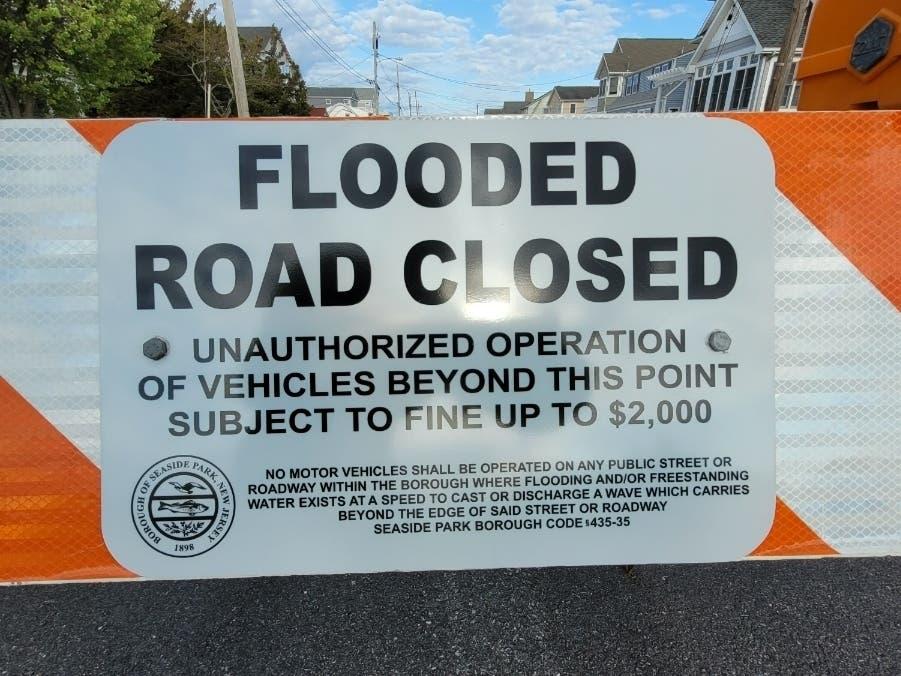Table of Contents
- Legal Framework Governing Unauthorized Public Discharge
- Consequences and Enforcement Measures for Violations
- Case Studies Highlighting Judicial Responses
- Guidelines for Compliance and Risk Mitigation Strategies
- In Summary
Legal Framework Governing Unauthorized Public Discharge
In many jurisdictions, the unauthorized discharge of substances into public waterways or sewer systems is strictly regulated by environmental protection laws. These laws define clear boundaries regarding what types of emissions require permits and mandate adherence to specific standards to prevent pollution. Violations can result in a range of legal consequences, including substantial fines and corrective orders. The framework often empowers local and national regulatory agencies to conduct inspections, monitor compliance, and take enforcement actions against offenders.
Key legal provisions typically include:
- Criminal penalties: In severe cases, illegal discharges might lead to criminal charges, with potential imprisonment for responsible parties.
- Civil liabilities: Offenders may be liable for damages to public health, ecosystems, and private property.
- Administrative sanctions: These can include suspension of permits, mandatory remediation efforts, and public notices of violation.
- Injunctions: Courts can issue orders to immediately halt unauthorized discharges to prevent further harm.
Consequences and Enforcement Measures for Violations
Violations involving unauthorized public discharge have become a serious legal concern, prompting authorities to impose strict penalties to deter non-compliance. Offenders may face substantial fines, which can escalate with the severity or recurrence of the violation. In more egregious cases, criminal charges may be brought forward, potentially resulting in imprisonment or community service mandates. Regulatory agencies are empowered to order immediate cessation of the discharge, and businesses could be subject to costly remediation requirements to restore affected environments.
Enforcement measures are robust and include comprehensive monitoring programs, surprise inspections, and mandatory reporting obligations. Agencies utilize advanced detection technologies to identify illicit discharges rapidly. Affected parties found responsible for violations may also encounter administrative orders that restrict operational permits or revoke licenses entirely. To encourage compliance, many jurisdictions offer educational workshops and support for adopting environmentally sound practices, underscoring the dual approach of strict enforcement combined with constructive guidance.
- Financial penalties scaled to violation severity
- Criminal prosecution for intentional offenses
- Forced cessation of discharge activities
- Environmental remediation obligations
- License suspension or revocation
Case Studies Highlighting Judicial Responses
Recent rulings demonstrate a clear judicial stance on unauthorized public discharge, illustrating a firm commitment to enforcing environmental regulations. In State vs. Green River Municipality, the court imposed substantial fines on local officials for permitting discharge without proper permits, underscoring the judiciary’s role in upholding statutory compliance. The decision emphasized that leniency in such cases could lead to irreversible ecological damage, reinforcing the message that accountability transcends administrative oversight.
Another pivotal case, Citizens for Clean Water v. Urban Development Corp., set a precedent by awarding damages to affected communities following illegal discharge activities. The court’s ruling incorporated the following elements:
- Mandatory cessation orders for ongoing violations
- Restorative measures mandated for environmental rehabilitation
- Enhanced monitoring requirements and public reporting
Guidelines for Compliance and Risk Mitigation Strategies
To effectively navigate the complexities of environmental regulations, businesses and municipalities must prioritize strict adherence to authorized discharge protocols. Implementing robust compliance frameworks involves regular audits, employee training on legal requirements, and investment in advanced monitoring technologies. Utilizing automated reporting systems can significantly reduce risks by ensuring timely notifications of any irregularities, thus avoiding penalties linked to unauthorized releases. Additionally, establishing a culture of transparency with local regulatory bodies fosters cooperative relationships, which can be critical when mitigating potential disputes.
Risk mitigation strategies should also incorporate contingency planning for accidental releases or regulatory breaches. Key measures include:
- Pre-incident risk assessments to identify vulnerable discharge points and take preemptive actions.
- Emergency response protocols designed to minimize environmental impact and legal liabilities.
- Regular legal consultations to stay abreast of evolving statutory guidelines.
- Implementing corrective action plans swiftly to address non-compliance findings.
By combining these strategic elements, organizations can markedly reduce their exposure to severe legal penalties while promoting sustainable environmental stewardship.
In Summary
In conclusion, the recent overview of legal penalties for unauthorized public discharge highlights the severity with which such violations are treated under the law. As environmental regulations continue to tighten, individuals and organizations must remain vigilant to ensure compliance and avoid substantial fines, legal action, and reputational damage. Staying informed about these legal frameworks is crucial for protecting public health and preserving natural resources. Authorities emphasize that adherence to discharge regulations is not only a legal obligation but also a vital component of environmental stewardship.Check Our Other Blogs
- StunGun – Your Trusted Source for Stun Guns, Laws, and Self-Defense Tips
- PepperSprayLaws – Your Trusted Resource for Pepper Spray Information
- StunGunLaws – Your Trusted Guide to Stun Gun Legality and Safety




